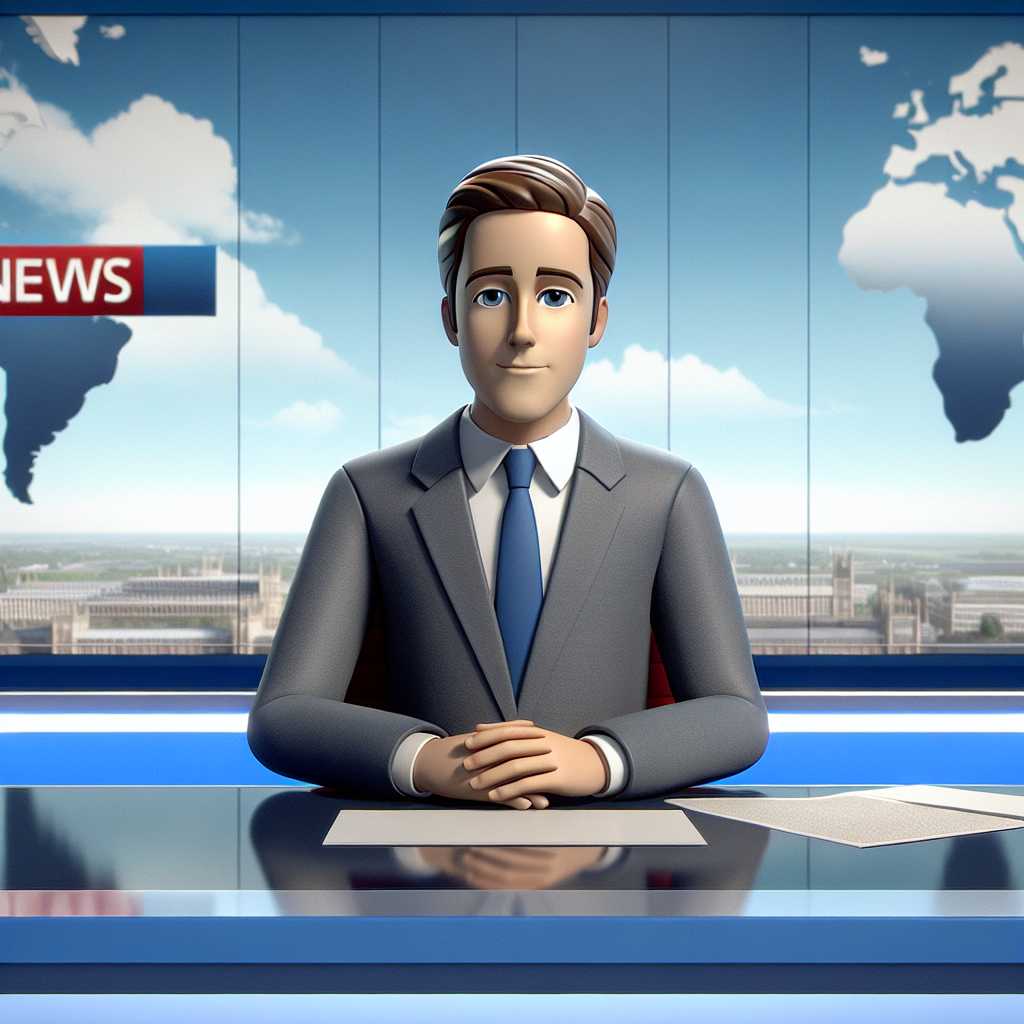John Oliver: The Satirical Voice of Current Affairs Television
Introduction: Who is John Oliver?
John Oliver is a British-American comedian, writer, producer, political commentator, actor, and television host who is best known for his HBO series “Last Week Tonight with John Oliver.” Sharply witty and never shying away from controversial subjects, Oliver has carved out a niche in American late-night television with a unique brand of satirical news commentary.
Early Life and Career Beginnings
John William Oliver was born on April 23, 1977 in Erdington, Birmingham, UK. He completed his education at the prestigious Christ’s College, Cambridge. It was there that he was drawn into the realm of comedy and became Vice-President of the esteemed Cambridge Footlights drama club, a springboard for many British comedic personalities.
At the beginning of his professional career, Oliver stood up in the comedy circuit, participating in stand-up shows and reaching television audiences through appearances on British programs such as “Mock the Week.” His comedic journey would soon transition across the pond, where he would reach new heights in his career.
Rising To Prominence In The United States
John Oliver’s major break in American television came when he joined “The Daily Show with Jon Stewart” as its Senior British Correspondent in 2006. For seven years, Oliver delivered scathing satirical takes on American politics through his unique overseas lens. His growing popularity among fans was evident, and he received critical accolades including Emmy Awards for his writing on the show.
In 2013, he was selected to guest host “The Daily Show” while Jon Stewart took a summer-long hiatus to direct a movie. Oliver’s performance as guest host solidified his reputation as a talented comedian capable of anchoring his own show.
Last Week Tonight with John Oliver
In April 2014, HBO debuted “Last Week Tonight with John Oliver”, a weekly show that presented a satirical look at news, politics, current events, and other social issues of the week. “Last Week Tonight” distinguished itself from other comedy news shows by offering long-form segments on often underrepresented yet pivotal social issues, presenting them with a balance of humor and gravitas.
His distinct approach frequently results in deep-dives into topics some viewers might find esoteric or complex – from net neutrality to forensic science inaccuracies to legislative frustrations with U.S. territories – presented in an engaging and often comedic manner.
Style and Influence
Known for his quick wit and ability to explain convoluted topics with accessible humor, John Oliver’s influence has expanded beyond the sphere of comedy. Critical acknowledgements have honored him not only for entertainment value but also for spotlighting important issues. His impactful segments sometimes stir considerable public discussion and have even been reported to influence legislation or broader policy conversations, colloquially known as the “John Oliver Effect.”
Oliver’s reach is also manifested through social media where clips from “Last Week Tonight” circulate widely, engaging international audiences who may not otherwise have access to his full-length show or such perspectives.
Accolades and Achievements
Over the years, both “The Daily Show” tenure and “Last Week Tonight” have earned John Oliver multiple awards including numerous Emmys. His ability to comment on social issues with humor and earnestness has been honored repeatedly by television academia as well as his peers.
Philanthropy and Personal Contributions
Oliver married Kate Norley, an Army veteran whom he met at the Republican National Convention where he was reporting for “The Daily Show.” He occasionally speaks on themes related to veterans affairs in a more personal context as a result of this connection. Outside of screen time, he engages in philanthropy and public advocacy on several fronts.
Notes
Image Description
An image of John Oliver from “Last Week Tonight” would depict him looking directly at the camera against a clean background consisting of the show’s logo colors – blue and white. He is typically seen standing behind a desk that resembles those found on typical news sets with neatly arranged papers or screens that display related imagery to the topic being discussed on his show.
